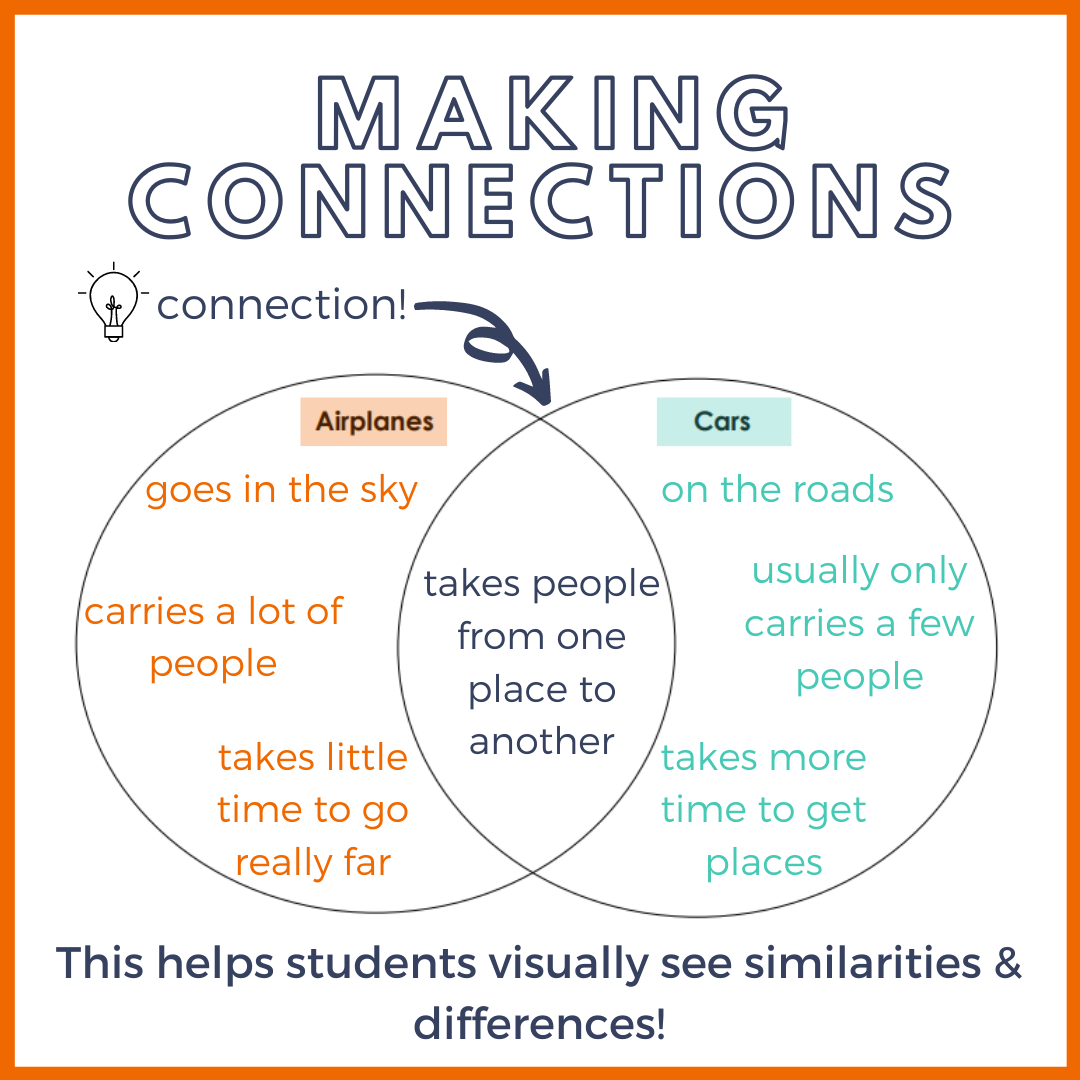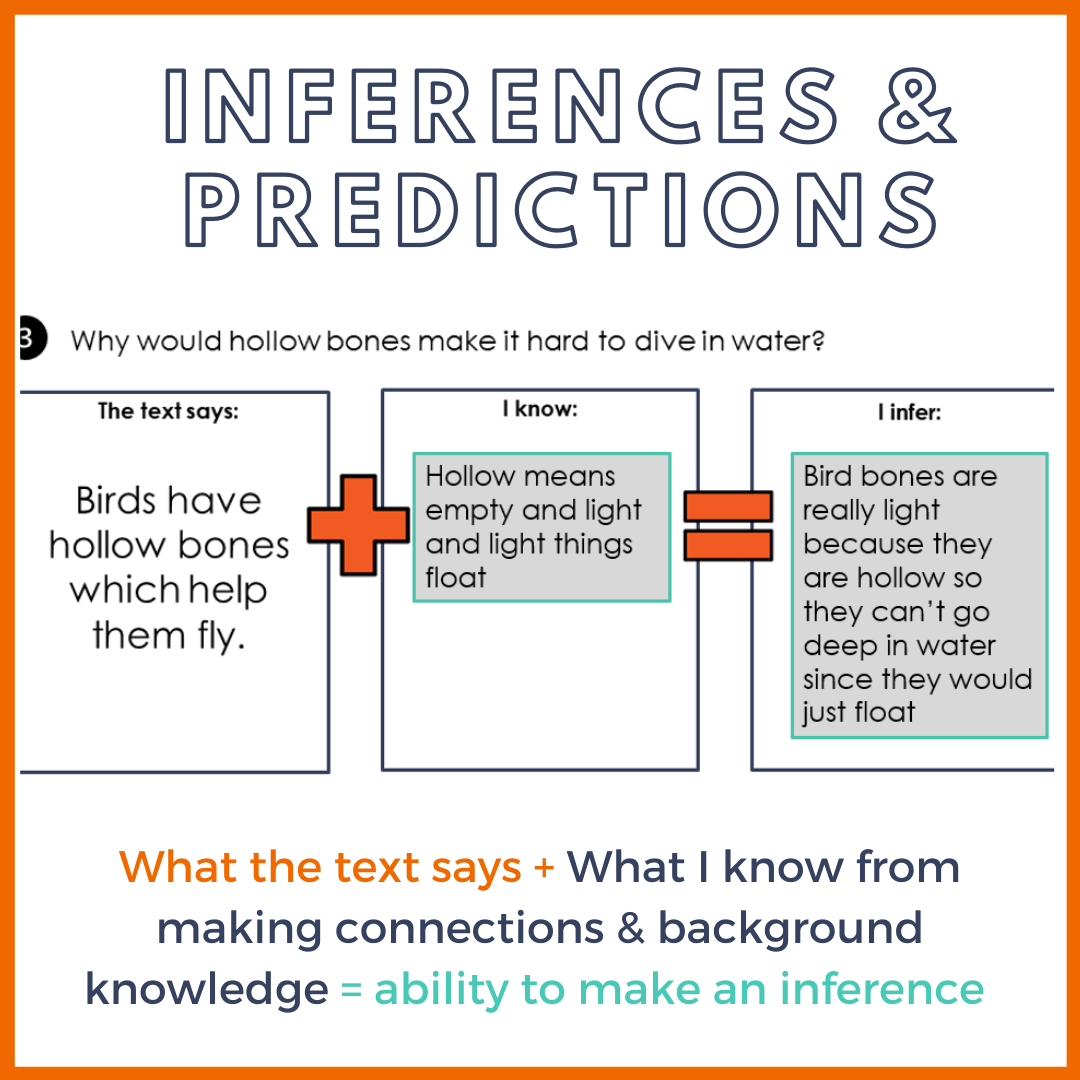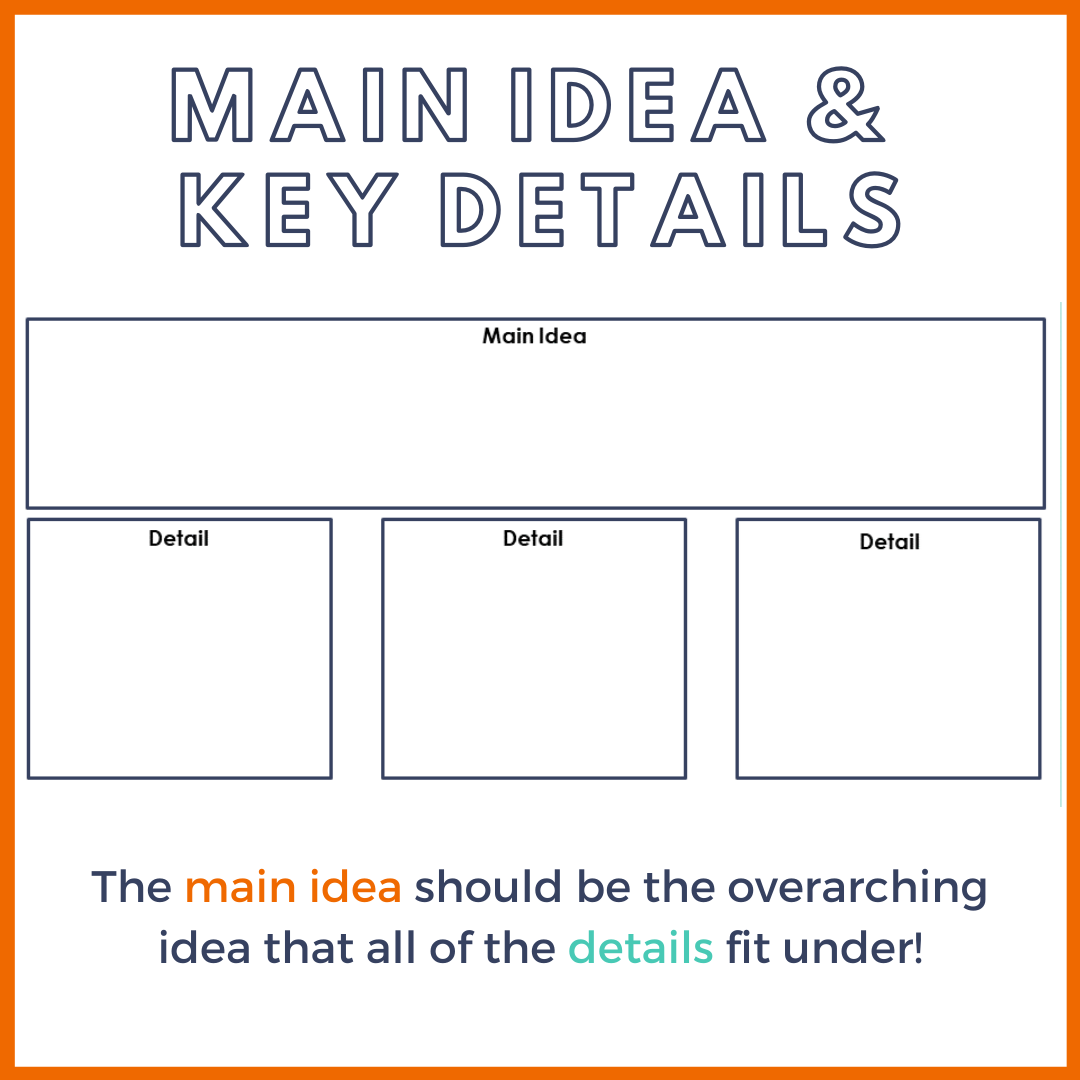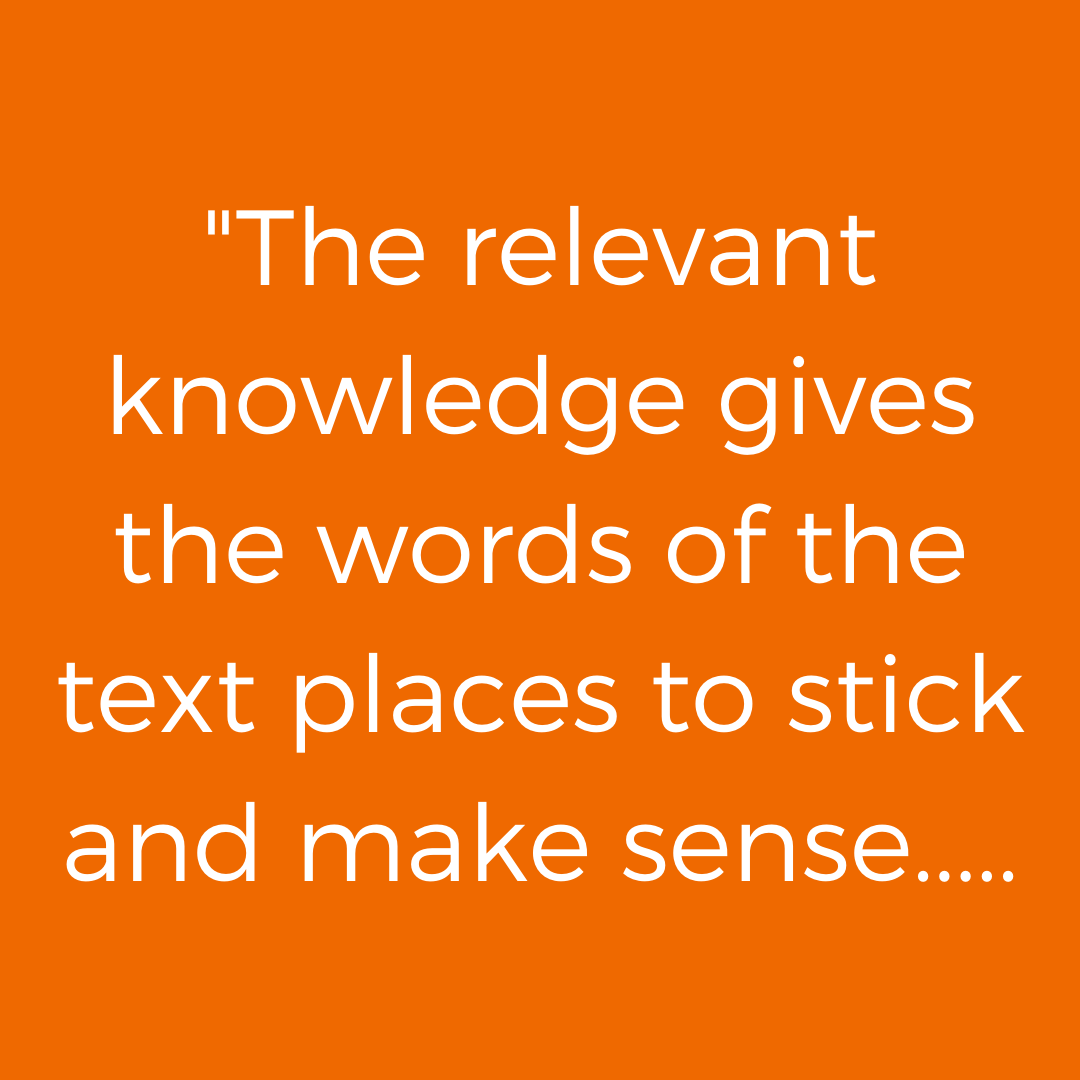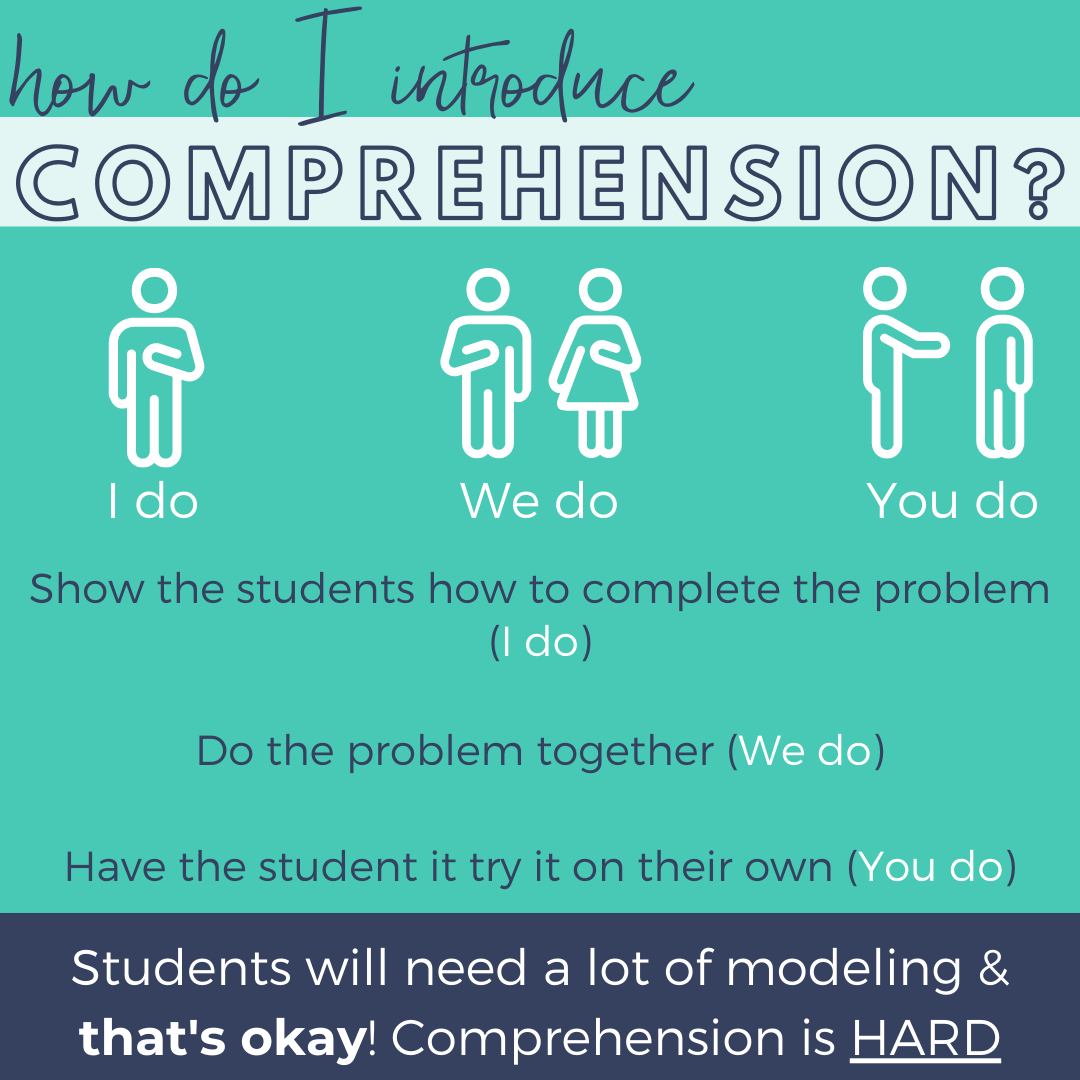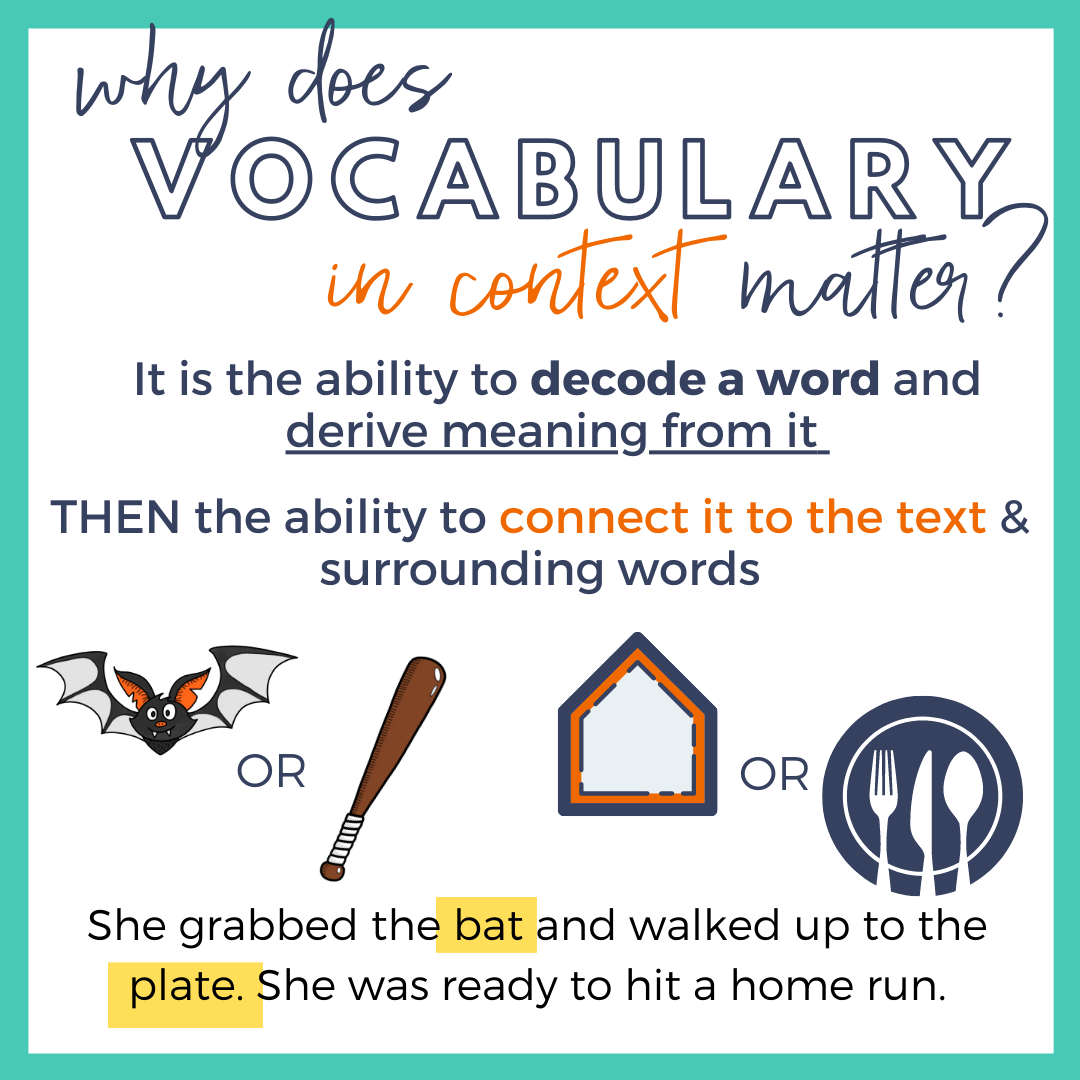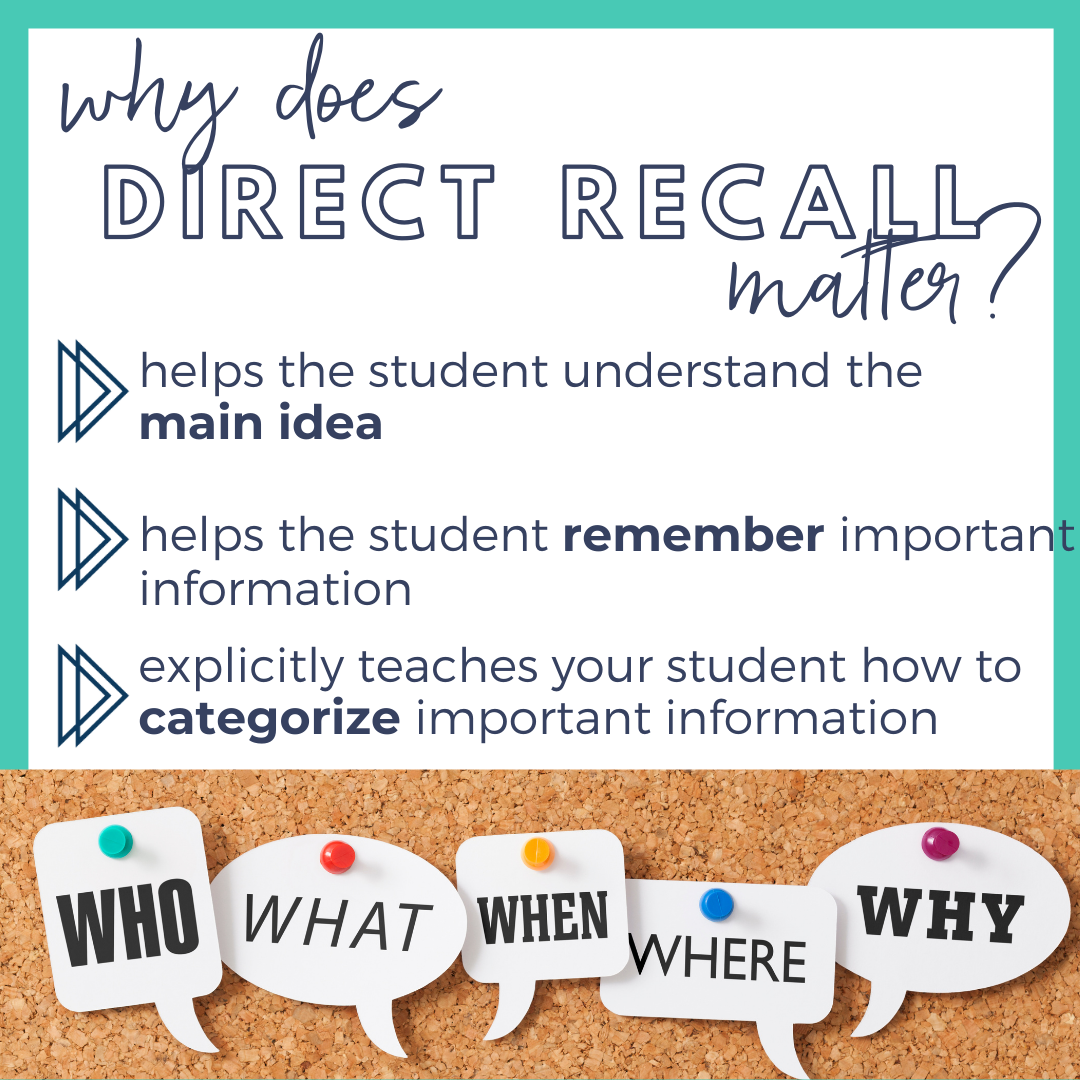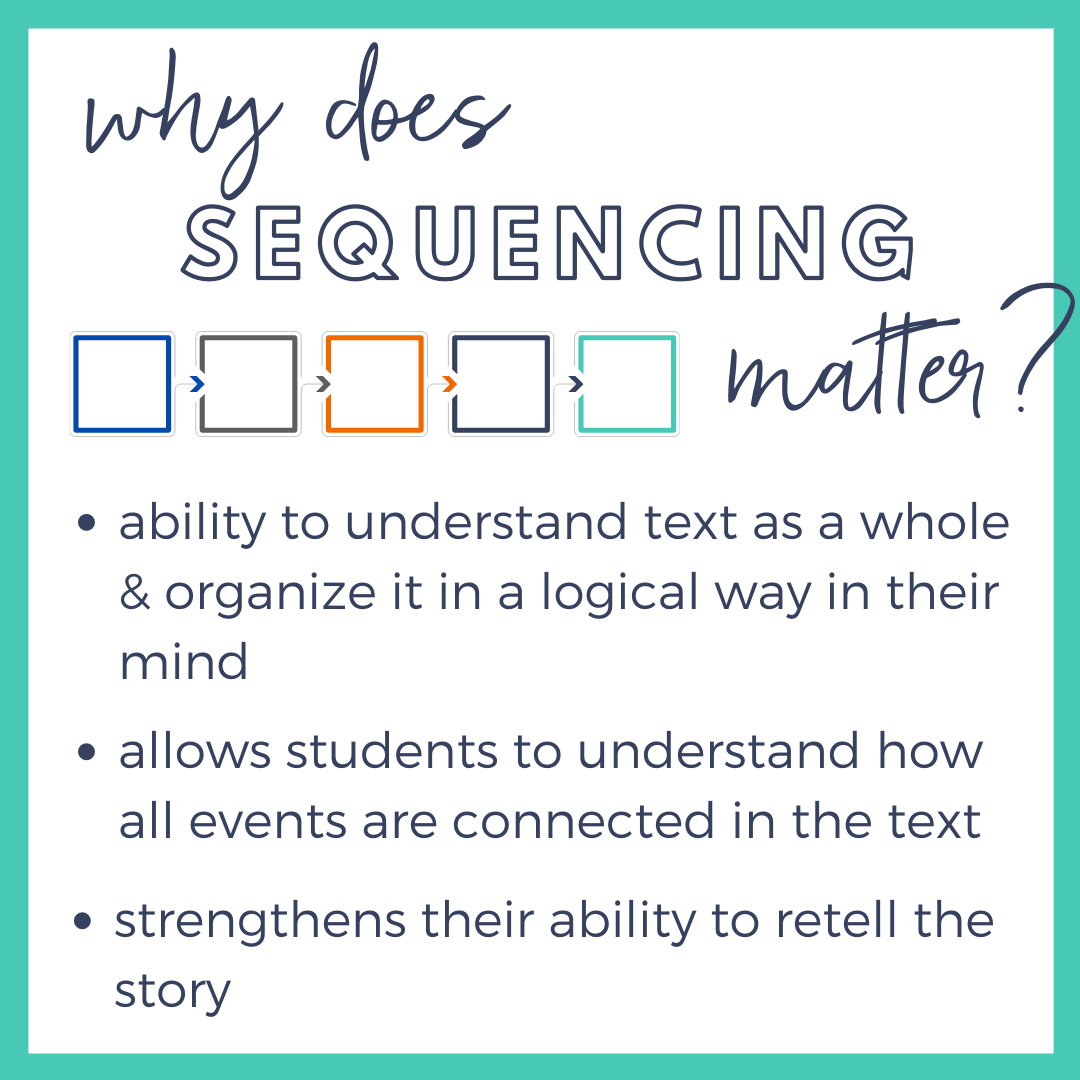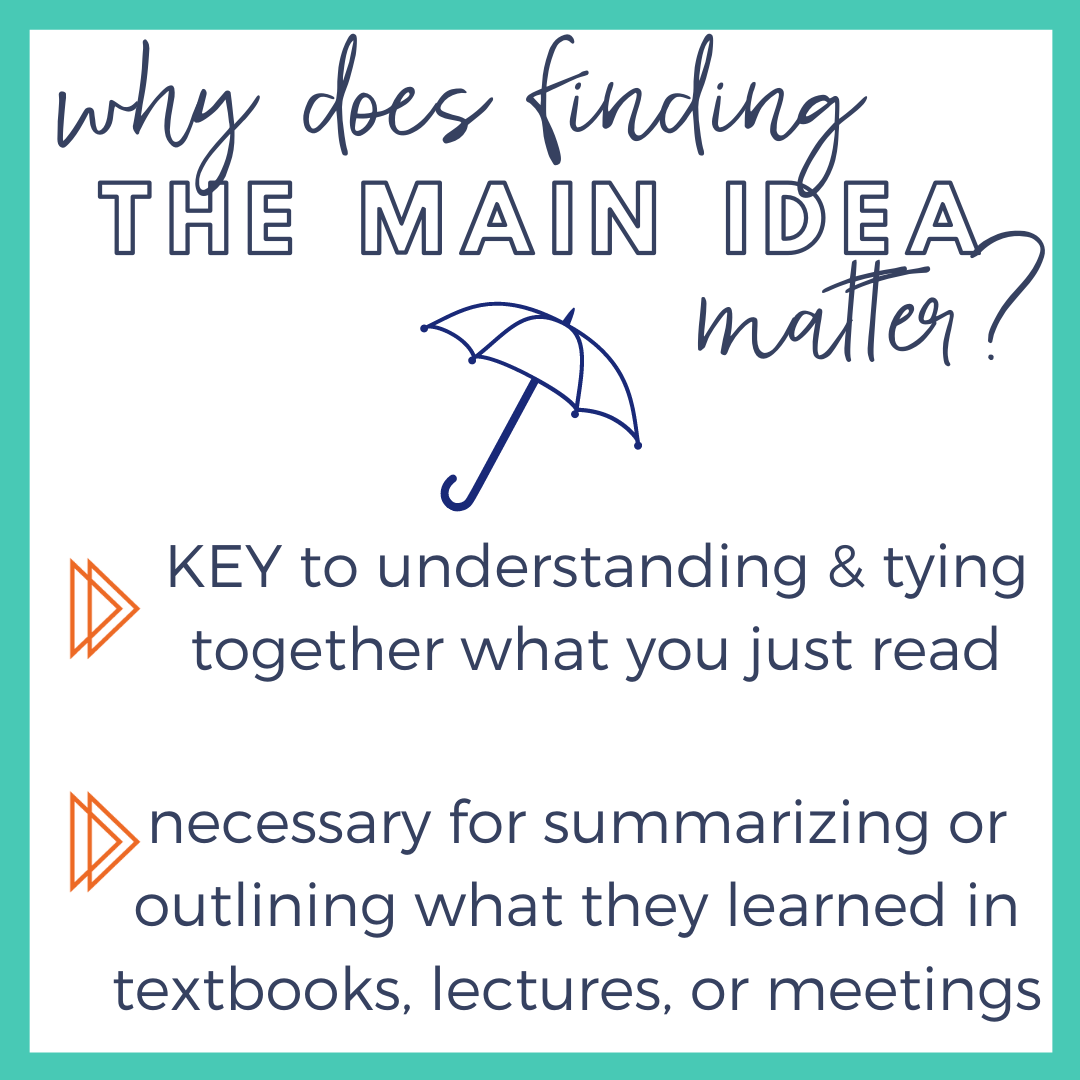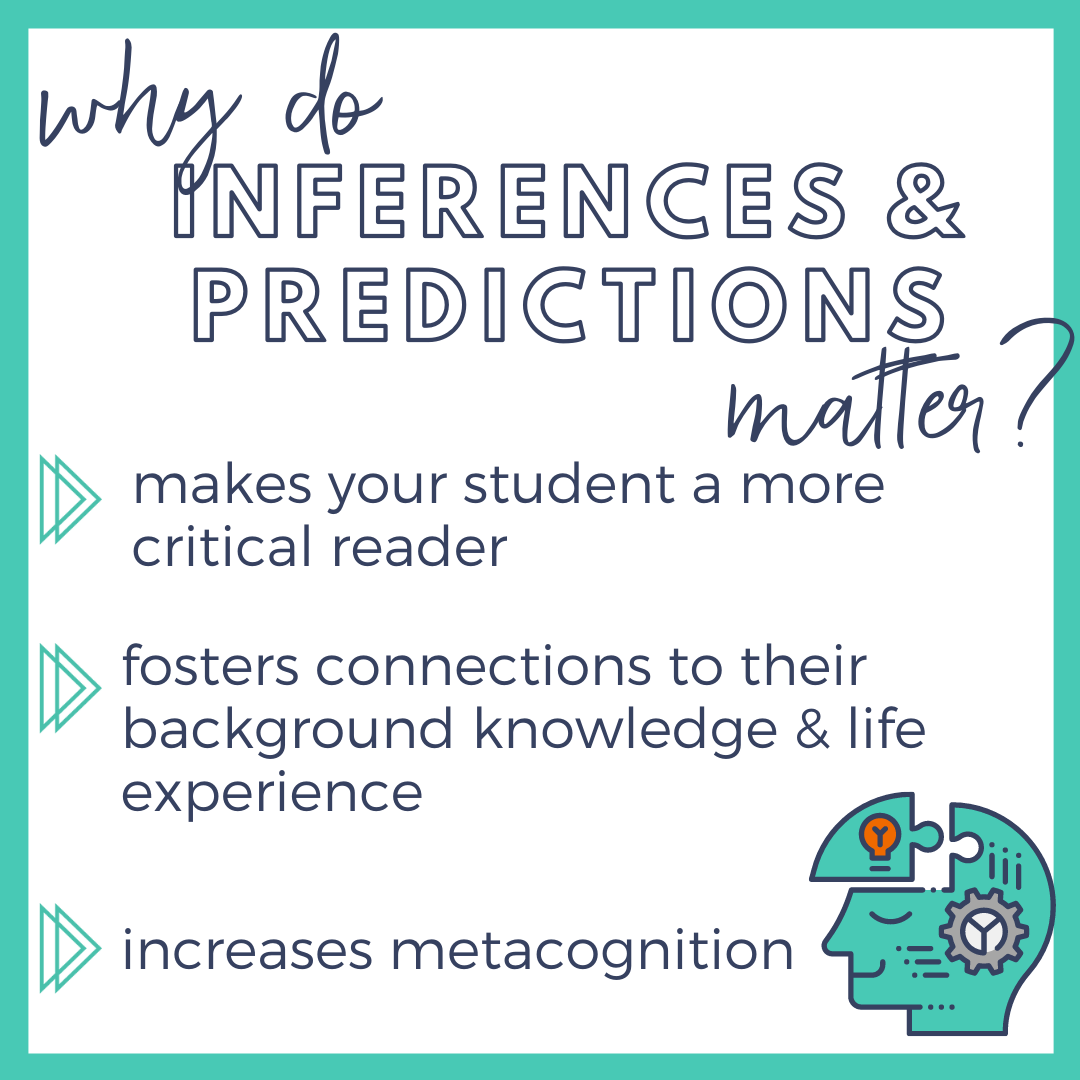How to Teach Reading Comprehension using a Research-Based Approach
Hey there,
Now if you’re like us and you’re obsessed with the science of reading, you may already know that there is a very systematic structure in which you can teach phonics to help give struggling and beginning readers the tools they need to be successful (and hey - no shame if not, you can check out our phonics blog over here!). But, did you know there is also a really clear set of reading comprehension skills that students need to be successful comprehenders?!
Let’s start from the beginning -
What is reading comprehension?
We’re so glad you asked, at the simplest level - it’s understanding what we read. It encompasses a student’s ability to decode effectively, understand word meaning, understand contextual cues, attend to key information, apply background knowledge, and create inferences, predictions, and connections to what they are reading.
These skills are critical because…
Comprehension is the ultimate goal of reading and writing
When teaching these skills, it is important to follow an evidence-based framework. There are 7 Steps to a SMARTER Research-Based Instruction Framework (we use the acronym SMARTER to help remember each of the key components!)
1 - Systematic Instruction
Comprehension skills follow a progression
Now we want to be clear, while it is important that we systematically teach comprehension and that each skill needs to build up to the next skill, these skills do not necessarily develop cognitively in this progression. In this case, the progression is the specific set of skills readers need to be effective at all levels of comprehension working from more basic skills to more complex skills. In research-based instruction, skills are almost always building on one another and progressing from the most basic concepts to the most complex concepts.
2 - Multisensory Instruction
How do I make reading comprehension multisensory?
This is a great question. When working through reading comprehension skills, we love using graphic organizers to help engage a student’s visual sense! Helping them visually see how information comes together can support their overall understanding of the material.
3 - Applied Instruction
Comprehension is hard because it requires students to apply everything else they have learned!
It is no secret that reading comprehension skills can be extremely tricky for students to grasp. That’s because it requires them to combine everything they have learned so far!
It is critical that from the very beginning of our instruction with students that we show them how to apply their phonological awareness, phonics (decoding), knowledge, vocabulary, and fluency to passages to help support their reading comprehension skills.
4 - Research Behind the Instruction
Research supports explicit teaching of several skills to support overall comprehension ability.
Beyond the well-established support of vocabulary instruction (which we talked all about here!), researchers have indicated the importance of teaching skills from the ability to sequence information appropriately in a chronological order working from beginning to end in both narrative and informative texts. According to Gouldthorp, et. al (2018) in An Investigation of the Role of Sequencing in Children’s Reading Comprehension, sequencing is an important skill for comprehension of texts and has significant implications for reading education and intervention programs. The ability to sequence information indicates that text has been adequately stored for later recall.
Beyond the ability to directly recall events, and the ability to do so in a specific order (sequencing), evidence supports instructional approaches focusing on the identification and construction of main ideas for effective comprehension. Jitendra, A. K. & Gajria, M. (2011). Main idea and summarization instruction to improve reading comprehension.
Perhaps most importantly, research indicates the necessity of a student’s ability to draw inferences from text (Elbro & Buch-Iversen (2013) Activation of Background Knowledge for Inference Making: Effects on Reading Comprehension). But in order to draw inferences, students need to be able to make connections between information and they need to have the necessary background information in order to help the information stick (Adams, 2015) which is why it is so critical to make sure we are hitting each of these components of comprehension within our instructional processes.
5 - Targeted Instruction
You target specific Reading Comprehension skills by…
…understanding specifically where students have strengths and where the breakdowns are occurring.
When teaching reading comprehension we need to first understand where students are breaking down and second, we need to understand how those difficulties are impacting a student’s overall comprehension.
For example - are students struggling with listening comprehension as well as reading comprehension? If so, better decoding & fluency will not help their comprehension of the passage. Are they consistently answering direct recall questions correctly but struggling with making inferences? This instruction will look different. Once we know where the breakdowns are occurring, we can begin to target those specific skills and make sure we are seeing the transfer between the isolated skill and the application of that ability.
6 - Explicit Instruction
The biggest hallmark of research-based instruction is that the instruction must be taught explicitly, meaning that we don’t assume students have prior knowledge of foundational reading and spelling concepts just because of their age or reading/spelling ability. We have to recognize that comprehension will not automatically improve when a student can decode/read fluently. We must also explicitly instruct the different reading comprehension concepts.
Again keeping in mind that we can work on these through listening comprehension tasks before students are able to read grade-level materials.
Explicit Comprehension Skills to Support Reading
Include vocabulary, direct recall, sequencing, finding the main idea & key details, building connections, background knowledge, and making inferences & predictions.
7 - Realistic Instruction
Do what you can with what you have, where you are.
Now obviously there is A LOT that goes into research-based instruction for reading comprehension, but again, it does not have to be difficult. One of the best things you can do is to start thinking about where you can incorporate these activities into what you’re already doing.
For example, if a student reads a sentence, can you ask them a question with one of your 5 Ws (who, what, where, when, why)? Can you show them how to find the answer in the passage (to support direct recall)? Again - if your student cannot read at the sentence or passage level yet, we do not (and SHOULD NOT) wait to start supporting their comprehension abilities. Do what you can to support their listening comp and support their ability to read at a sentence/passage level as best they can.
If you liked these tips and you want to use materials aligned with the SMARTER research-based reading approach, then you should check out the 5CCL Activity Library. This library has hundreds of resources that help to target comprehension and all of the core components of literacy (+writing)! Learn more by clicking below.




